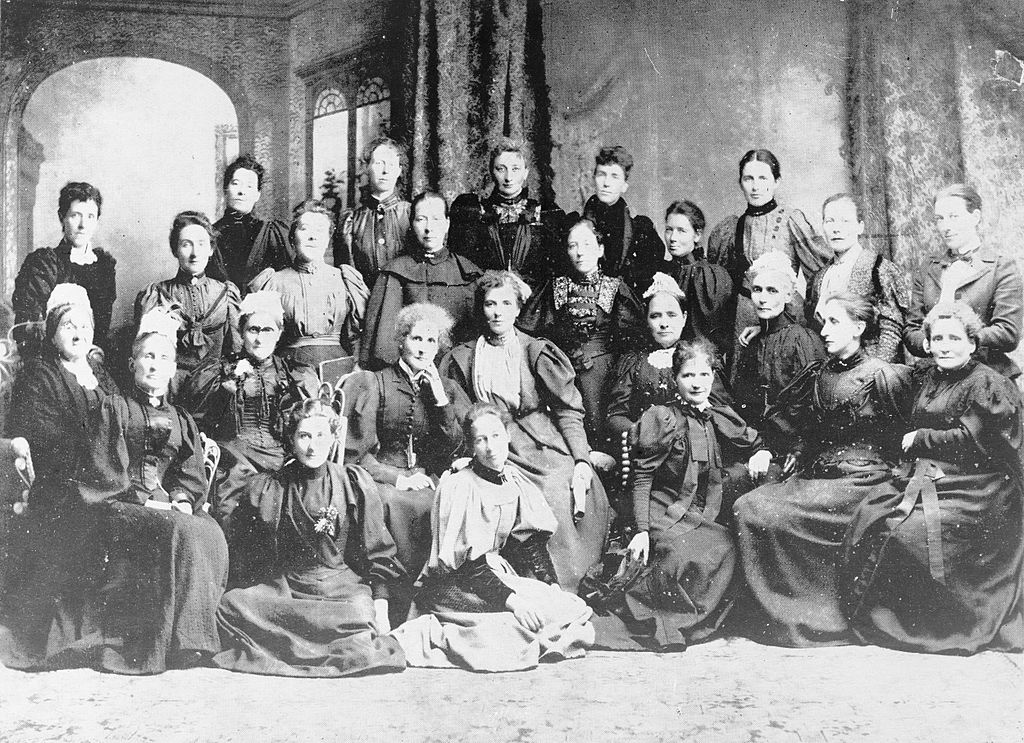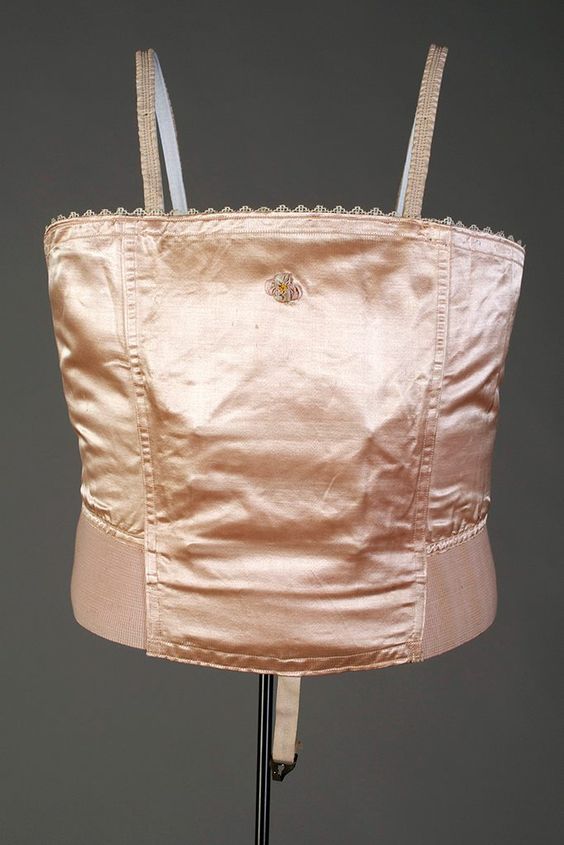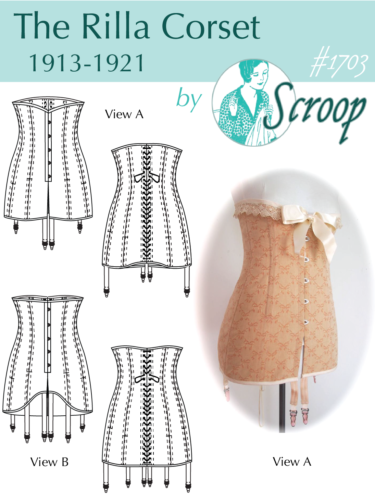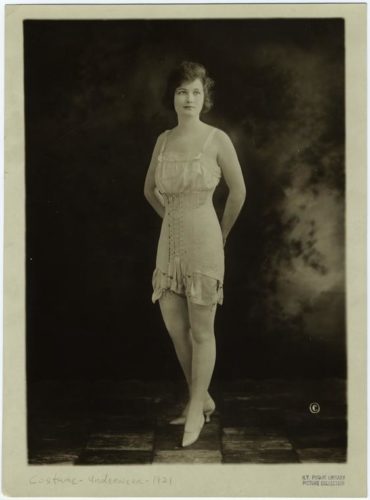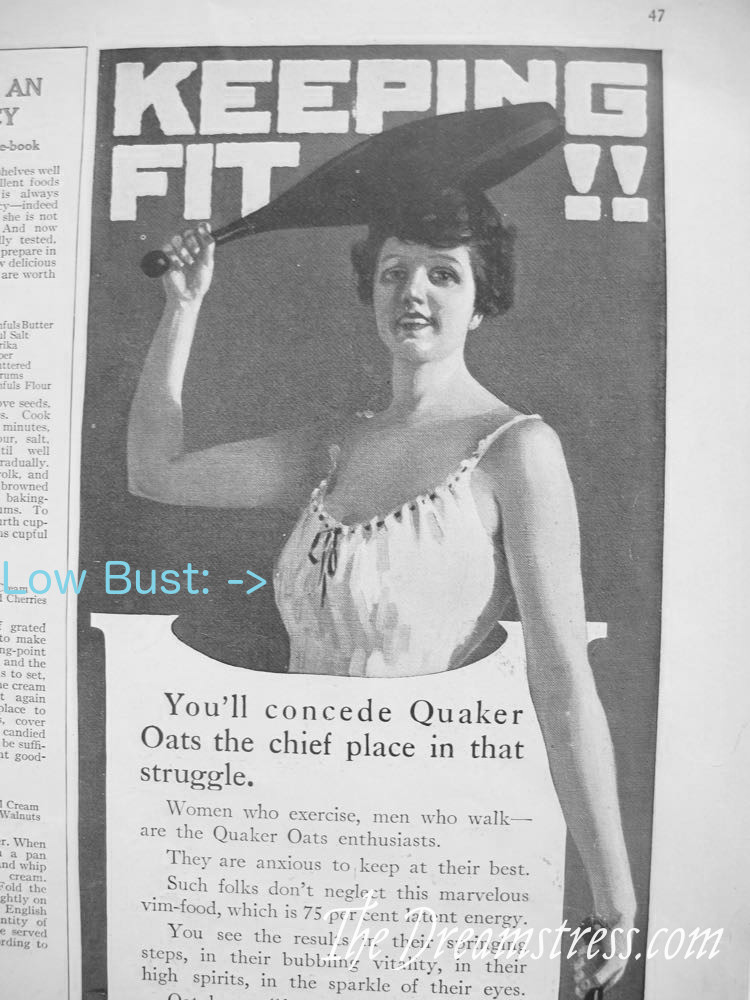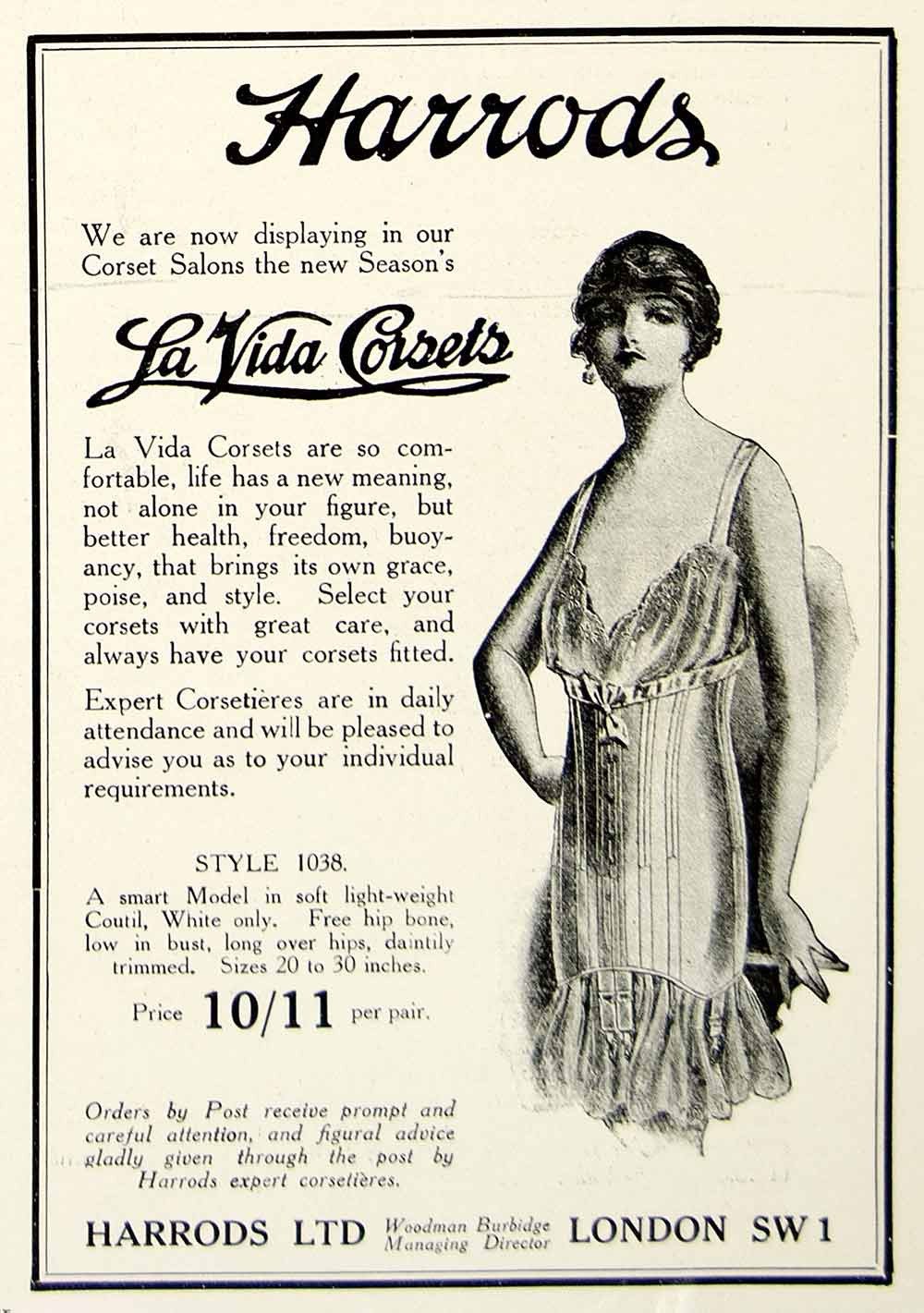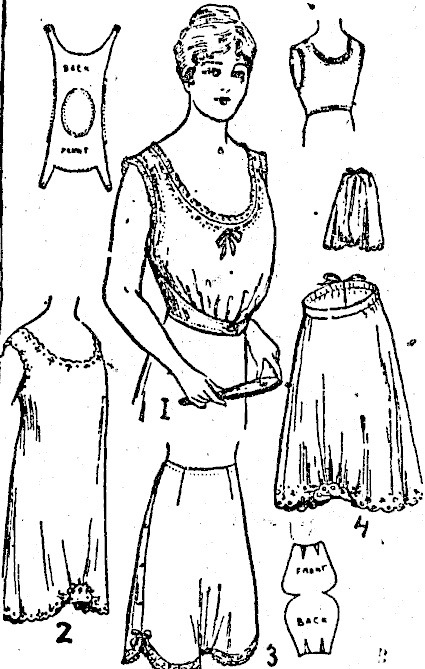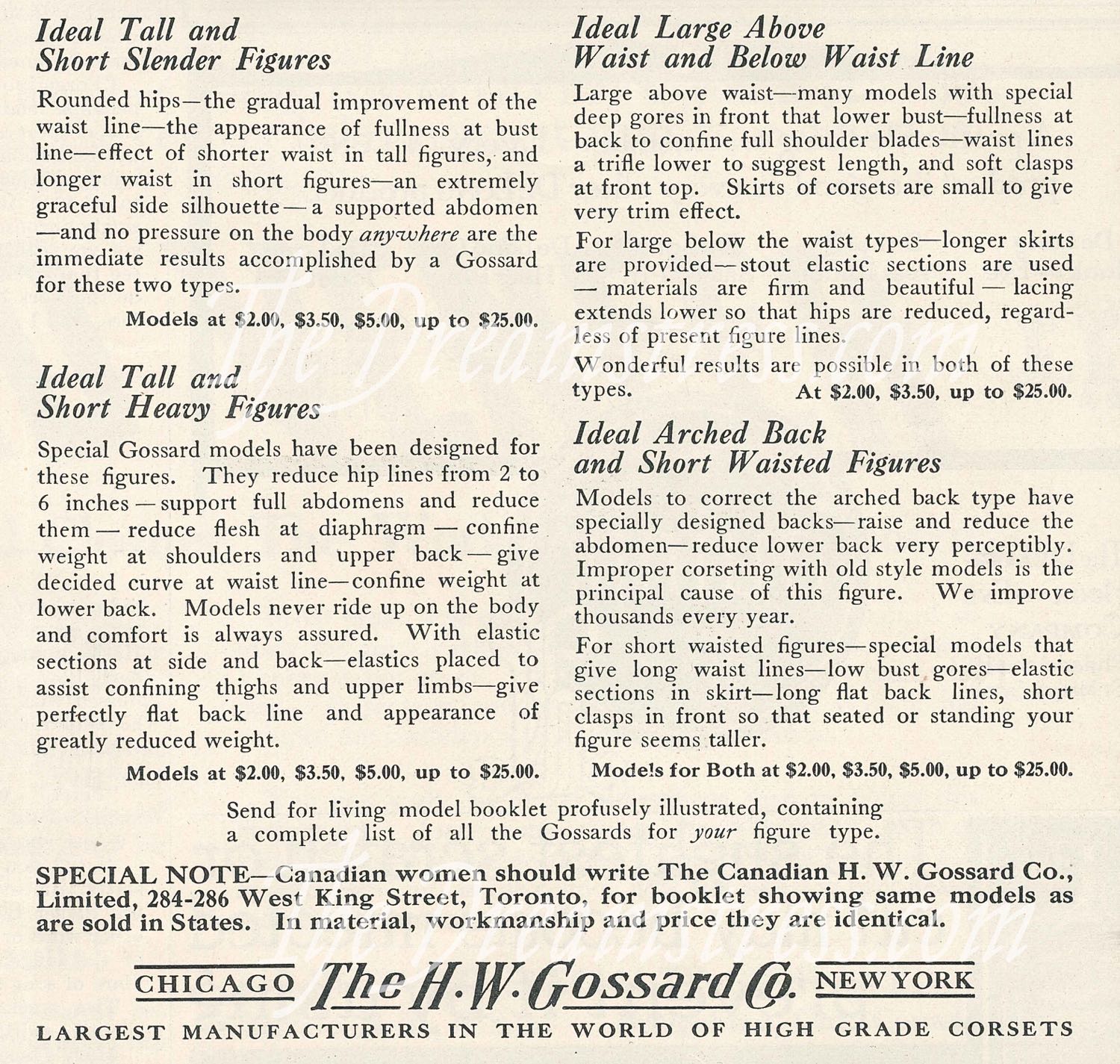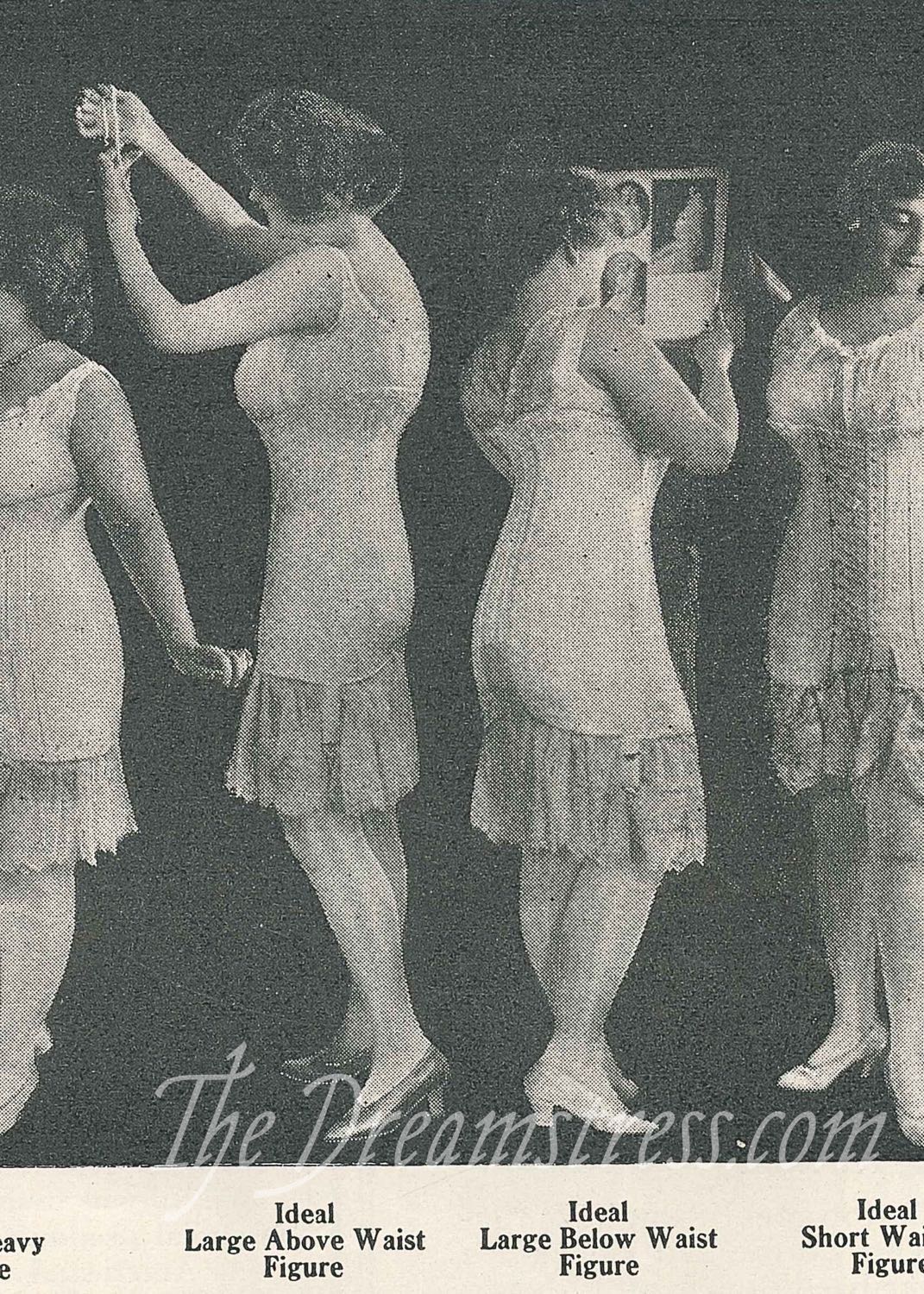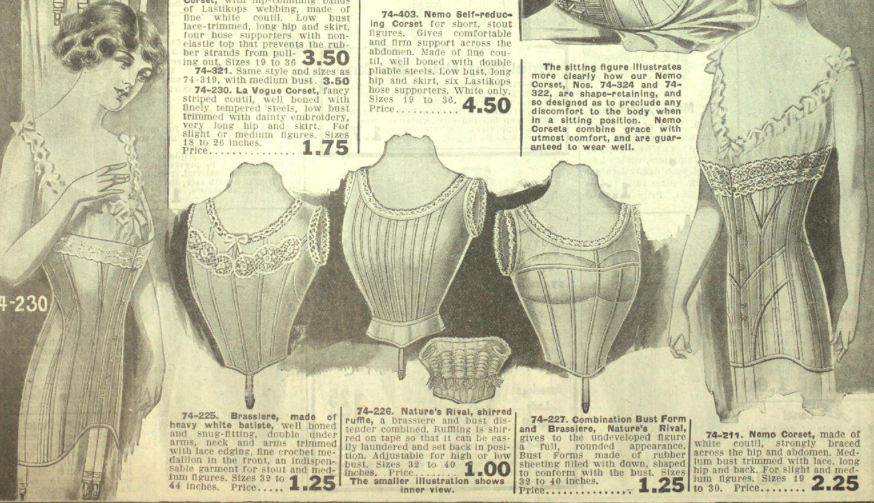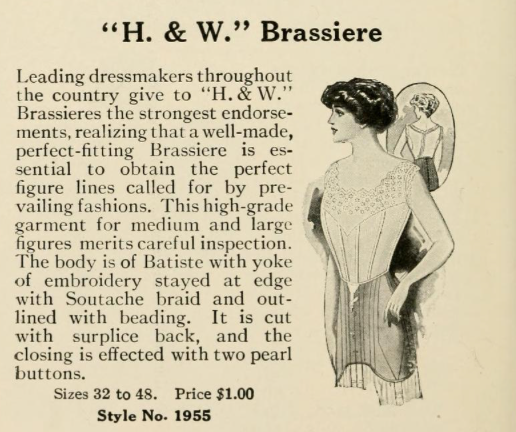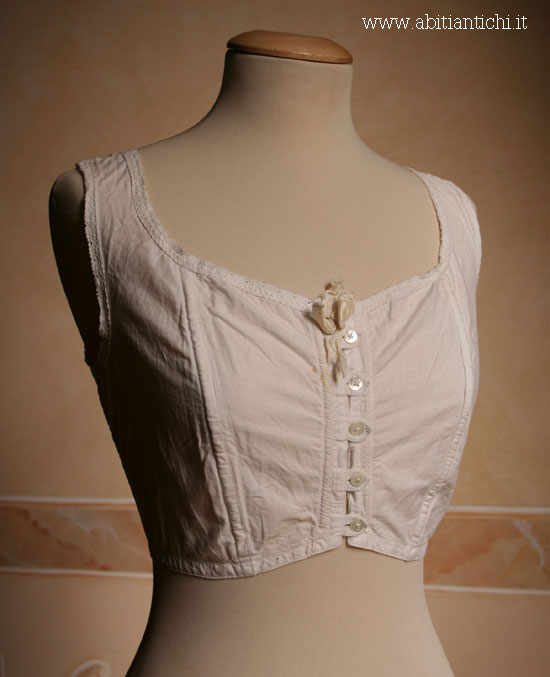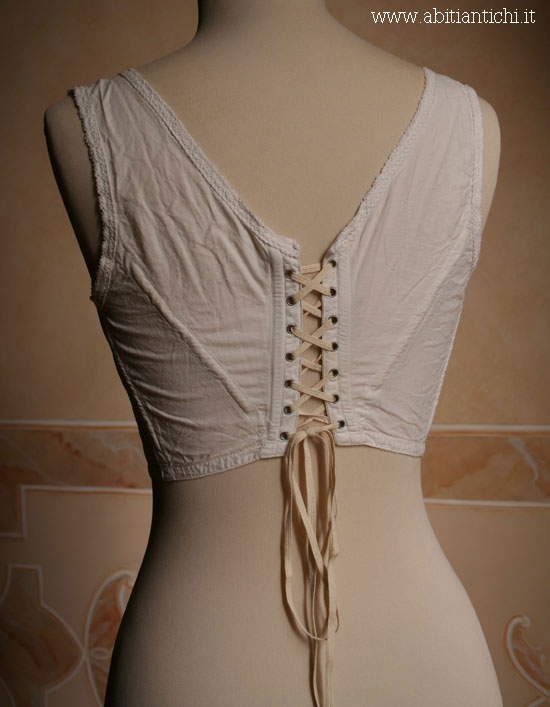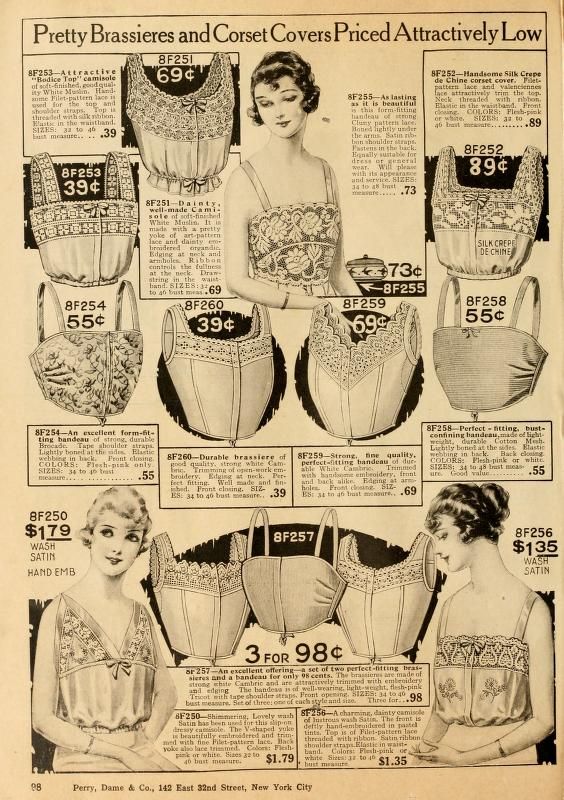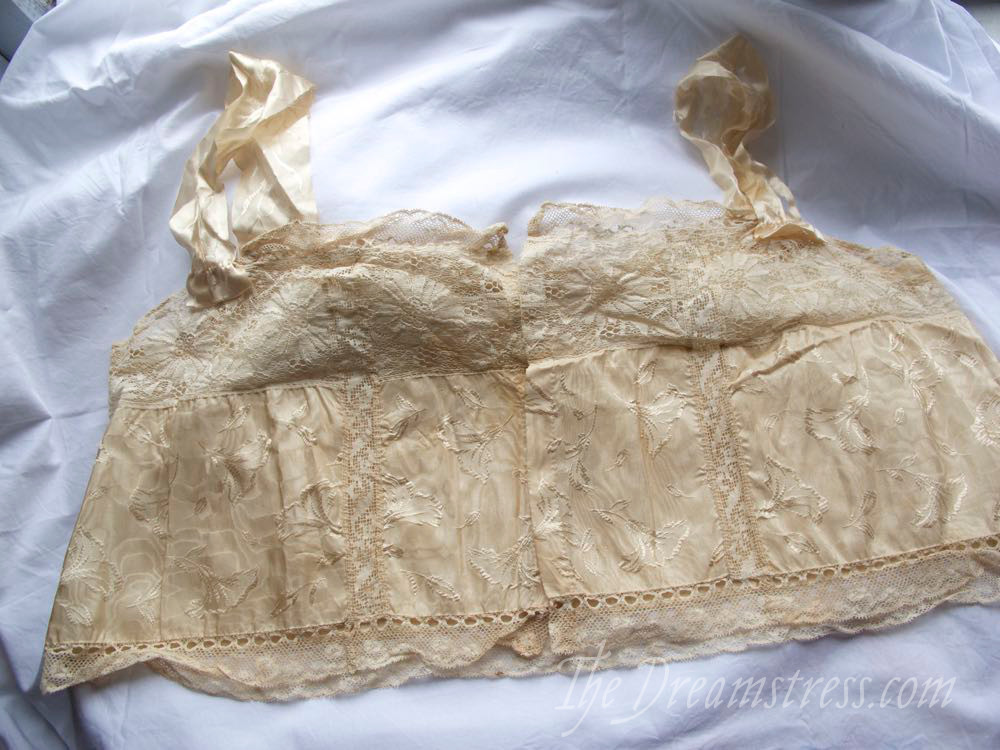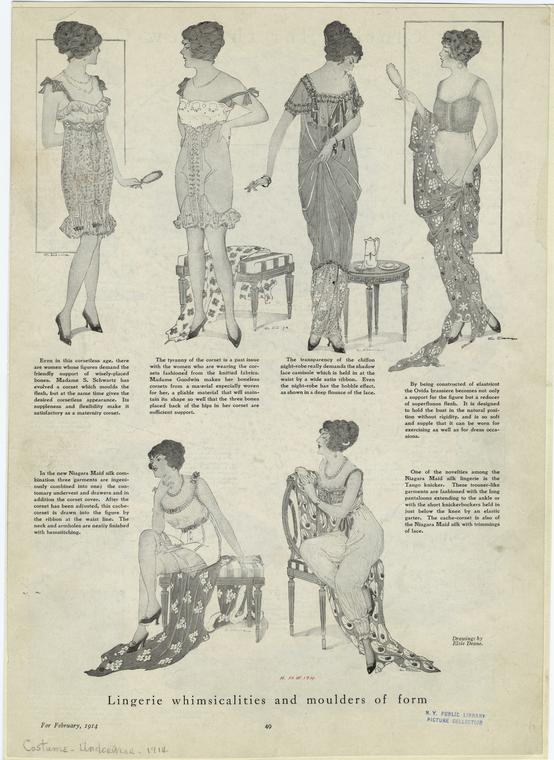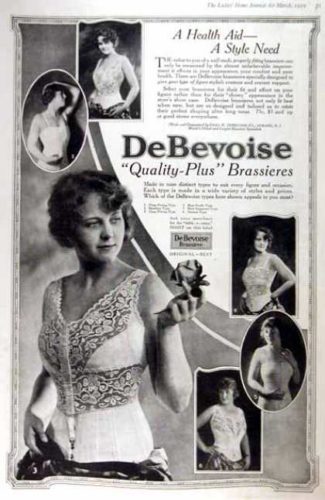Today is the 124th anniversary of New Zealand becoming the first country in the world to allow women the right to vote. September 19th is celebrated as White Camellia Day or New Zealand Suffrage Day, the first name after the emblem of the New Zealand suffrage movement: the white camellia.
White Camellia Day is particularly exciting this year, as Saturday is a parliamentary election, early voting is already open, so lots of women I know are planning to vote today, and there is a reasonable chance that New Zealand will elect its third female prime minister. I’m going to vote on Saturday (Mr D & I have a tradition of walking to the polls together ((d’aww)) and I’ll be voting based on policy, not gender, but I still think it’s fantastic that New Zealand has already had two female prime ministers, and might have another.
In honour of the elections and Suffrage Day falling so close together, and since there has been discussion of people going to the polls dressed as suffragettes, I thought I’d do a post about what New Zealand suffragettes wore, as opposed to what was worn by votes campaigners in England and the US, 20 some years after New Zealand women were already voting.
Technically speaking, New Zealand women’s votes campaigners weren’t suffragettes at all – the term refers to members of violent suffrage movements like the WSPU in England. New Zealand campaigners were suffragists: they to achieve the vote by more peaceful means. Suffragette as a term was not coined until the early 20th century, and was not used in New Zealand until July 1906.
New Zealand suffragists also differed from the British suffragettes in that the New Zealand women’s vote moment was always determined that all women, of all walks of life, should have the vote – English campaigners were willing to compromise and give the vote only to richer women, and some of the major groups, like the WSPU, were never focused on universal female suffrage.
As New Zealand’s most well known suffragist, Kate Sheppard, expressed it:
…all that separates, whether of race, class, creed, or sex, is inhuman, and must be overcome.
So, want to honour the amazing women who made New Zealand the first country in the world to have the vote? Here’s how to dress like a suffragist, New Zealand style:
1. Wear a white camellia:
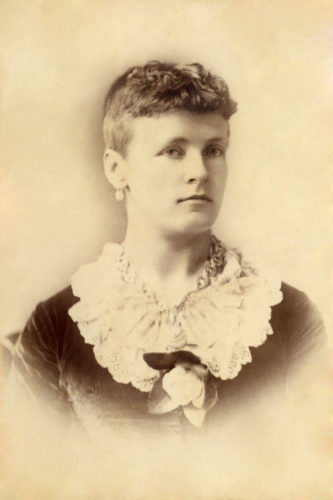
Portrait of an unknown suffragette (sic), Charles Hemus Studio Auckland, circa 1880
The white camellia was the symbol of the New Zealand suffrage movement then, and now. Suffragists wore them and gave them to members of parliament. It was probably chosen both for practical reasons (white camellias are plentiful throughout winter and the most important voting seasons in Parliament), and for its association with purity and delicacy, as campaigners wanted to emphasise that they would not be any less feminine with the vote.
There is even a variety of white camellia named the ‘Kate Sheppard’ in honour of the most famous New Zealand suffragist, with some planted around Parliament.
A white camellia pinned to your jacket is the easiest, and arguably most appropriate, way to honour the suffragist movement.
2. Break out those high necklines and super-puffed sleeves:

National Council of Women, 1896
The New Zealand suffrage movement was very closely tied to the Womens Christian Temperance Union, and attempts to get prohibition passed in New Zealand. Many vote campaigners were in other respects, conservative rather than radical in their social outlook. Quite a few were wives or daughters of ministers. Over 1/4 of the women in New Zealand signed the final petition to parliament that resulted in the suffrage bill being passed. That makes New Zealand suffragists almost the norm, rather than the exception, and most of them wore standard fashionable dress of the 1880s and 1890s.
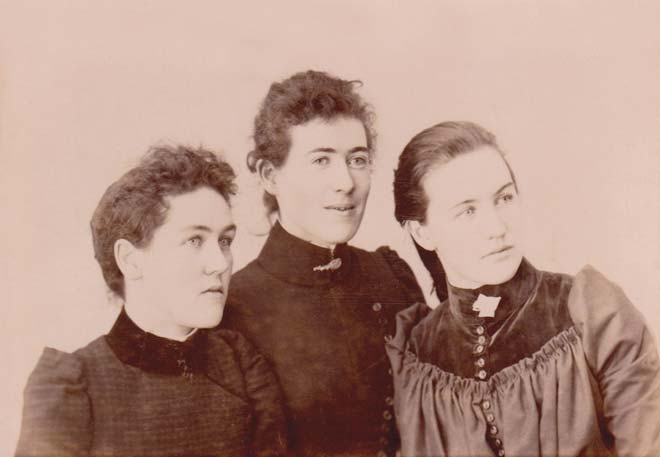
Suffragist sisters Stella, Kathleen and Elizabeth (then) Henderson in the 1890s. Elizabeth would go on to be the first female MP in NZ.
Standard fashionable dress of the 1880s & 90s was tightly fitted bodices, high necklines, and, in the years after New Zealand women got the vote, when they were campaigning for the right to run for parliament, and other measures to improve women’s lives, SUPER puffed sleeves, like those demonstrated above in a photograph of the first National Council of Women, formed in 1896, or below, on Scottish born NZ suffragist Elizabeth Caradus.
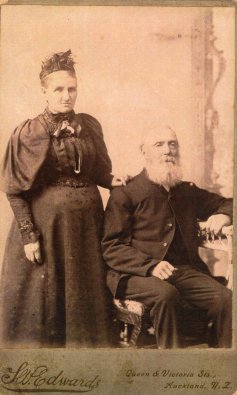
New Zealand suffrage campaigner Elizabeth Caradus and her husband James c1900
If you want to go for the immediately-before-the-vote look, be inspired by the Henderson sisters above, or Meri Te Tai MangakÄhia, in her fitted late 1880s-early 1890s ensemble:

New Zealand suffrage campaigner Meri Te Tai MangakÄhia, ca. 1890
3. Dress for work
The New Zealand women’s rights movement was very egalitarian, with a strong emphasis on improving the overall condition for all women. Notable suffragist Harriet Morison (the namesake of my 1893 Singer sewing machine) was Vice President of the New Zealand Tailoresses Union, and a tireless campaigner for women workers rights.
Some politicians tried to discredit the suffrage movement based on the inclusion of working women. Sir George Whitmore was sure no-one would take a petition signed by “the Tailoresses’ Unions and women of the working-class in the towns” seriously.
After women gained the right to vote we had working women in other forms, like Elizabeth Yates, who was elected mayor of Onehunga in 1894, making her the first female mayor in the British Empire, and earning her the personal congratulations of Queen Victoria, or other working politicians, like the first female Member of Parliament.

Elizabeth Yates, mayor of Onehunga from 1894, and first female mayor in the British Empire
New Zealand didn’t elect its first female Member of Parliament until 1933, when long-time campaigner Elizabeth Reid McCombs (nee Henderson – see her with her sisters above), was elected. Women weren’t allowed to run for Parliament until 1919.

Elizabeth Reid McCombs, possibly while she was New Zealand’s first woman Member of Parliament. Taken by an unknown photographer circa 1933
4. Rock your knickerbockers (or any form of bifurcation):
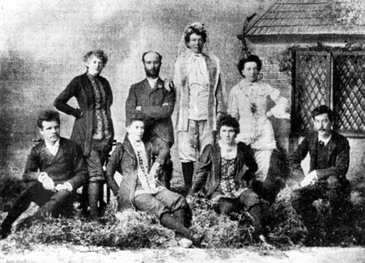
Wedding of James Reeve Wilkinson and Kate (Katrin) Walker, wedding photograph published in The New Zealand Graphic on 3 March 1894, original in the collection of the Auckland City Library
While radical dress reform wasn’t an intrinsic part of the New Zealand suffrage movement, the same social climate that allowed vote reform encouraged a wider re-think of the roles of women. One area that attracted a lot of media attention was dress reform. Advocates held that women’s dress was unhealthy and cumbersome, and that a more ‘rational’ costume would consist of a less fitted bodice, and some form of knickerbockers or bloomers. They felt that making women’s dress more practical on a daily basis was important for advancing their role in society.
Bride Kate Walker and groom James Reeves Wilkinson put ideals into action at their 1894 wedding, with the entire bridal party, men and women alike, blissfully bifurcated. Their wedding caused a sensation, with accounts (ranging from sympathetic to scathing) published in major newspapers across New Zealand. The bridal ensembles were designed by Canterbury College (later University) student Alice Burns, who had been banned from wearing her own knickerbockers, even hidden under a skirt, to her university classes.
Christchurch City Libraries holds a wonderful image of Maori women in knickerbockers from 1906.
5. Get on your bikes!
Even if they didn’t advocate knickerbockers on a daily basis, the New Zealand suffrage movement was closely linked to bicycling. The first all-womens cycling club in New Zealand, the Atalanta Cycling Club, was organised in Christchurch (the epicentre of the womens rights movement in NZ) in 1892. Kate Sheppard and dress reformer Alice Burns were both members. The ability to travel freely that bicycling gave women, and the practicality and safety that bloomers gave female cyclists over skirts, are credited with assisting women’s suffrage and the dress reform movement in New Zealand.

The cycling costume & dress reform as discussed in Puck
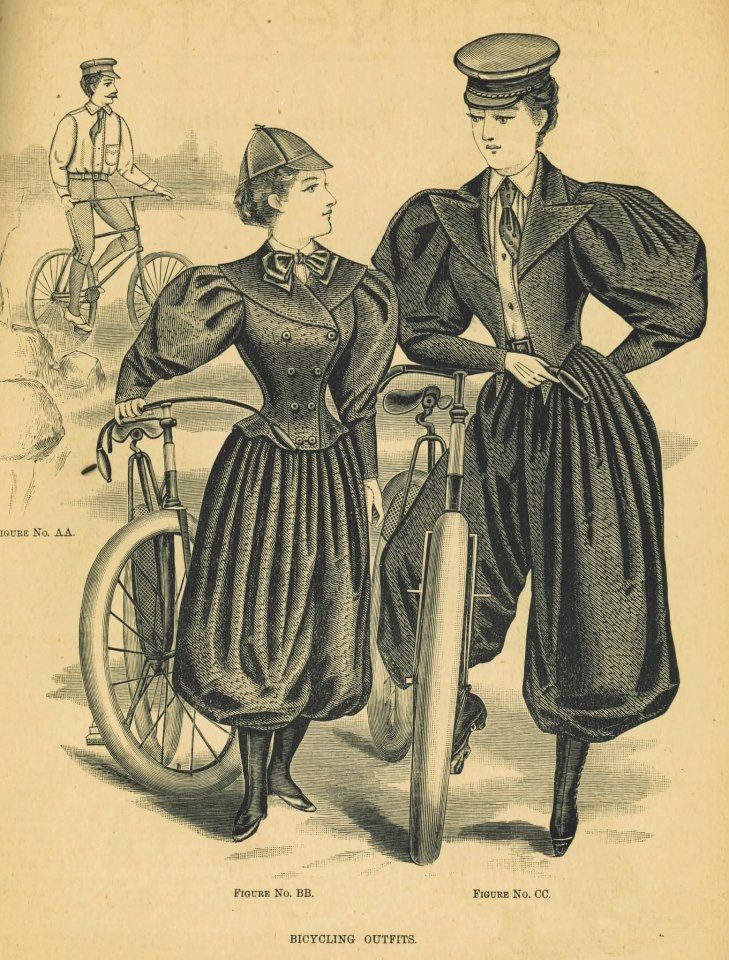
Bifurcated bicycling costumes, ca 1896
The Atalantean’s originally advocated bloomers or knickerbockers for all their outings, but faced such opposition from the public, and thrown stones, that they reverted to skirts in 1893. Members began wearing bloomers for cycling again as they gradually became more acceptable to the general public.

Cyclists In Thames, New Zealand, around 1895 (more likely 1900), via Wikipedia
6. Crop your hair short:
Another of the more radical forms of rational dress was cropped hair on women. In an era when indoor plumbing was rare, and hot running water even more so, washing and maintaining long hair was a chore. Consequently, daring dress reformers, like our lady of the camellia, chopped theirs off:
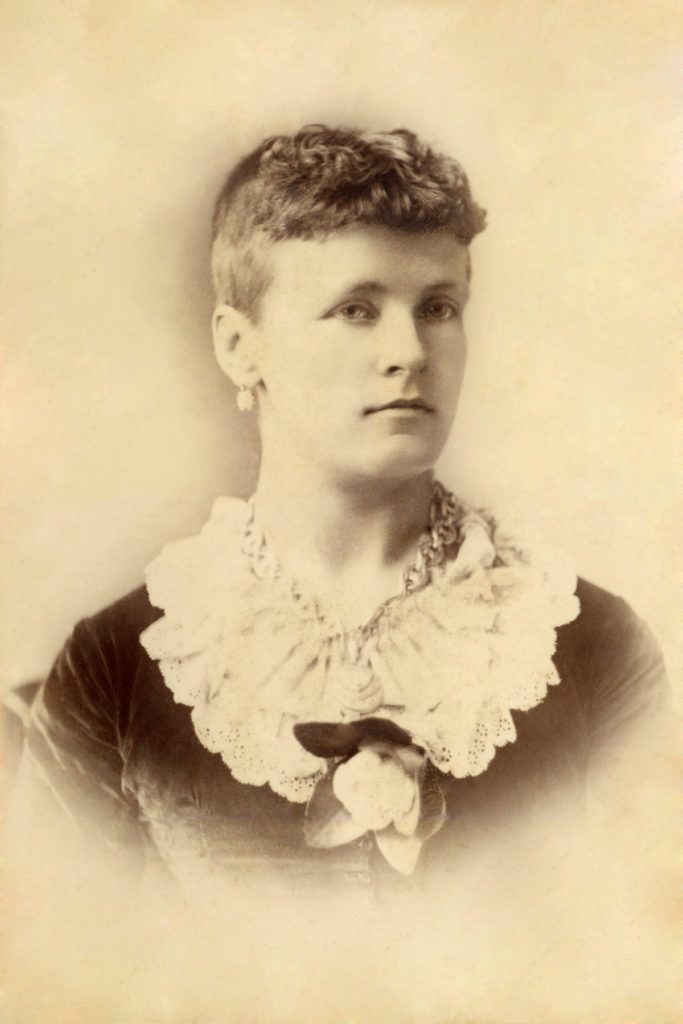
Portrait of an unknown suffragette (sic), Charles Hemus Studio Auckland, circa 1880
Notice her heavy chain necklace? I think it’s fabulously and fascinatingly modern, but also wonder if its a commentary about women being enchained by their lack of enfranchisement.
Other options:
At least one post-vote writer was of the opinion that what was really holding women back was their lack of pockets, and that the ultimate in suffragette dress would be something endowed with a multitude of these practical features! We’re still bewailing the lack of pockets in manufactured clothing today, but if you sew your own you can add pockets to almost everything!
Just be fabulous. We’ve all seen that image of Kate Shepperd on the #10 bill, but did you realise there are other views of the same dress, and they are AMAZING? The dress is now in the collection of the Canterbury Museum, and studying and recreating it is one of my life goals.
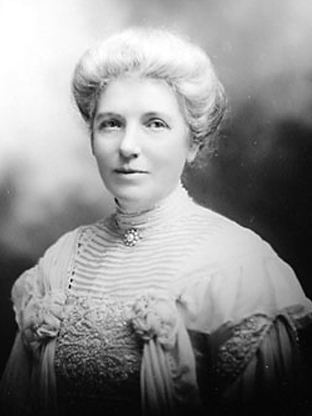
Kate Sheppard 1905
Further reading:
Women’s Movement on Te Ara, the New Zealand Encyclopedia
New Zealand women and the vote, NZhistory.govt.nz
A Leap Into the Light. A history of the New Zealand women’s rights movement at NZ Geo
How the Bicycle changed Women’s Fashion, NZ Herald
Kate Sheppard, Christchurch City Libraries.
Kate Sheppard on Te Ara, the New Zealand Encyclopedia
SaveSave
SaveSave
SaveSave
SaveSave
SaveSave


